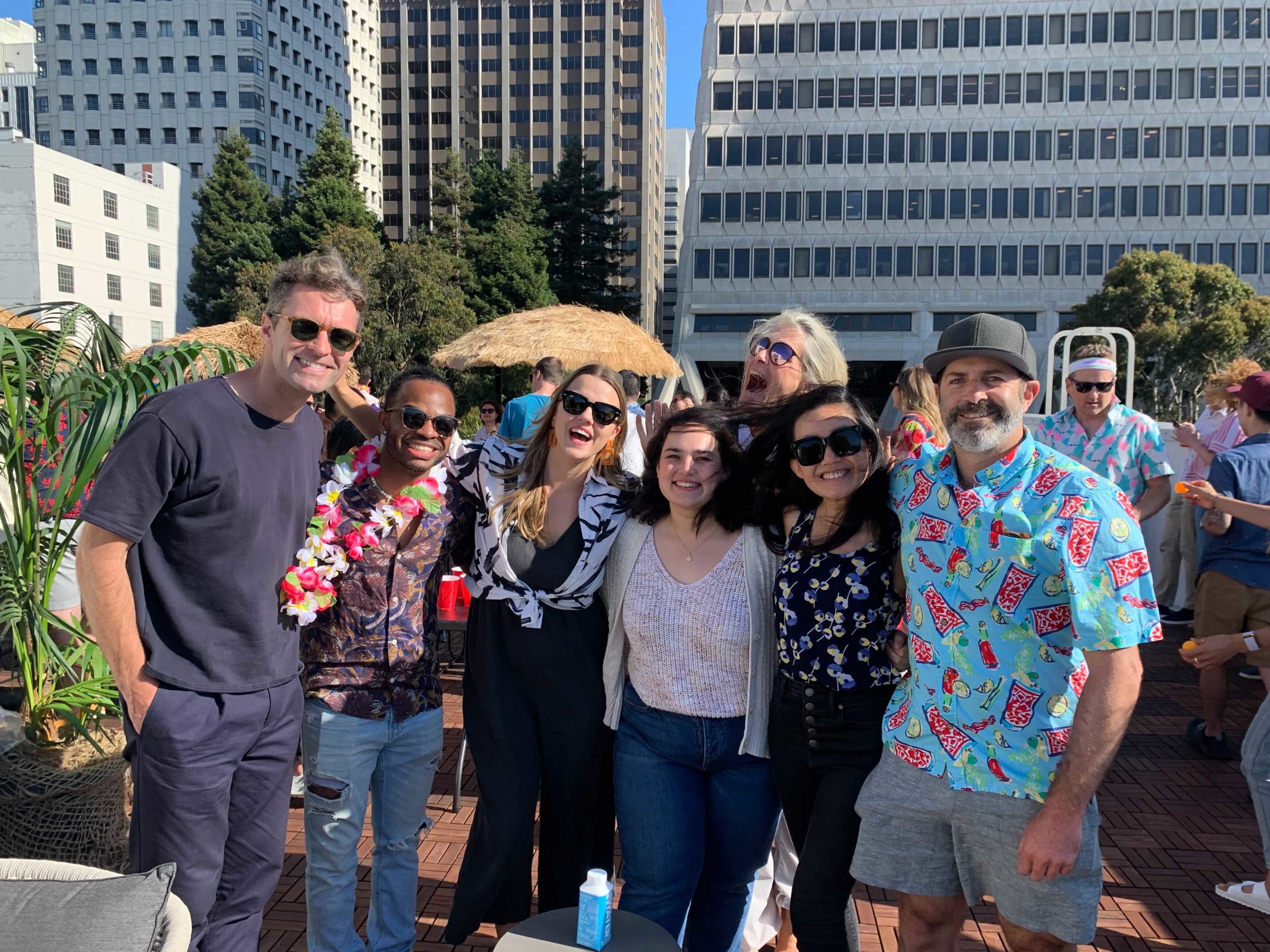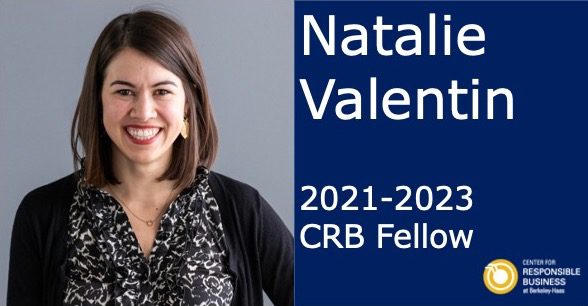Can the Sharing Economy Create More Social Value?

By Patrick Scandling, MBA 16
Last month, the Center for Responsible Business hosted a Peterson Series event on the sharing economy featuring Lyft, Airbnb, and the Aspen Institute’s Future of Work Initiative. The event was focused on how innovation can be more inclusive through partnering with communities, a goal we can all support. At this event, I was struck by the potential these platforms have to truly change the way we live and work, whether we participate in them or not.
The sharing economy has certainly affected those who have chosen to participate in it. Capital sharing platforms like Airbnb have allowed many people to increase their household incomes by putting to work once dormant assets, such as spare rooms. And labor platforms like Lyft and Instacart have created opportunities for those with spare time to earn money fulfilling the needs of others.
Many of these platforms have seen explosive growth driven by convenience, demand from consumers, and interest from workers or homeowners to put some extra cash in their pockets. However, as with all fast growth, there have been pains. As we all see in the headlines, some participants in these companies are not satisfied with the share they receive for participating in these new businesses. As a result, law suits have been filed and calls for worker reclassification have been made. Consequently, regulators at all levels are now involved in searching for resolutions to the disputes arising from these novel issues.

However, often left out of the regulatory conversation are the partnerships these platforms have formed within our communities and the positive effects on society that have been created. Yet these partnerships have the potential to have profound effects on our future.
One of the most striking moments of last month’s event here at Haas was a discussion of a March 2016 survey by the American Public Transit Association (APTA) that indicated the more people use ride sharing, the more likely they are to use public transportation.
This symbiotic relationship is not initially apparent. When you first consider the explosion in ridesharing, it seems logical that these businesses would compete directly with public transportation for patrons. Instead, ridesharing appears to have created greater access to public transportation, growing ridership for public transport and rideshare services alike. Presently, Lyft has partnered with public transportation agencies across the country to drive greater use of both services.
The APTA survey also showed that frequent rideshare participants own fewer cars per home—1.05 vehicle versus 1.5 for the general population. As ridesharing continues to grow, could we see enough people opting to public transportation that we see significant reductions in traffic congestion and pollution?

Similarly, Airbnb Disaster Response allows hosts to offer free housing to those affected by natural disasters. Born out of one host’s generosity during Hurricane Sandy, Airbnb has been able to facilitate housing to those affected by disasters around the world. Part of this effort is partnering with disaster agencies and local governments to pre-identify hosts in areas projected to be in vicinity of disasters to enlist their help.
While is it unlikely that Airbnb can serve all people affected by disasters, or that ridesharing alone can solve the transportation issues in cities, the incremental momentum toward solutions that these platforms offer is surely welcome. As more people become accustomed to the sharing economy, we can expect more creative uses to emerge and the potential for partnerships to increase.
As regulators explore at how to weave these new platforms into the fabric of our society, they should be concerned not only with structuring the employee-employer relationship that creates the greatest benefit, but also with enabling partnerships between old and new institutions that can drive the greatest benefit for society.


